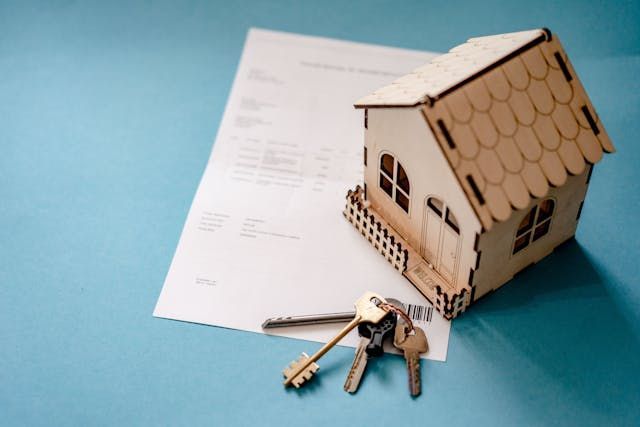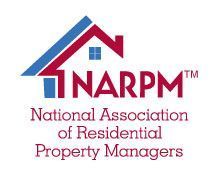Handling Security Deposits
Managing rental properties comes with its share of responsibilities. One critical aspect is handling security deposits. Security deposit serves as a protective measure for property owners against any damages to the property that may be caused by the tenant. Let’s explore what property owners need to know about handling security deposits.
Understand the Legal Framework: Before delving into the specifics of handling security deposits, it is essential to get a grasp of the legal regulations governing them in your area. These laws can vary significantly by state and/ or city, so familiarize yourself with local landlord-tenant laws and regulations. This understanding will serve as the foundation for your deposit management process.
- Set the Deposit Amount Wisely: The first decision you'll face is determining the appropriate security deposit amount. It's typically equivalent to one to two months' rent. Research the standard practices in your area to strike a balance between protecting your property and attracting tenants.
- Document the Property's Condition: Transparency is key when it comes to security deposits. Before a tenant moves in, conduct a thorough inspection of the property, documenting its condition meticulously. Take photographs or videos and create a detailed checklist you and the tenant sign. This will serve as a baseline for assessing damages when the tenant moves out.
- Establish a Separate Bank Account: To maintain financial transparency and to comply with legal requirements, open a separate bank account exclusively for security deposits. Keep all security deposit funds in this account and avoid mixing them with your personal or operational finances. This practice helps prevent disputes and ensures that funds are available when needed.
- Provide a Written Agreement: A written lease is a must for any rental arrangement. Include clear and concise terms regarding the security deposit in the lease. Outline the deposit amount, its purpose, conditions for its return, and the timeline for doing so. Both you and the tenant should sign this agreement.
- Notify the Tenant of Deposit Handling: Upon receiving the security deposit, promptly provide a receipt of the same to the tenant. Keep them informed about how the deposit is being handled. This transparency builds trust and ensures that tenants are aware of the deposit's status.
- Keep Records of Expenses: Throughout the tenant's occupancy, maintain detailed records of any expenses related to repairs or damages caused by the tenant. This includes receipts, invoices, and documentation of the work done. Having a clear paper trail will be crucial when the time comes to deduct any amount from the security deposit.
- Conduct a Move-Out Inspection: When the tenant vacates the property, schedule a move-out inspection and document any damages. This should ideally be done together with the tenant to address any questions or concerns immediately.
- Return the Deposit Promptly: After the move-out inspection, calculate any deductions for damages or unpaid rent, if applicable. State laws often dictate the timeframe within which you must return the deposit. In Texas, it is 30 days.
- Handle Disputes Professionally: In the event of a dispute over the security deposit, maintain professionalism and follow legal procedures. This may involve mediation or legal action, depending on the severity of the disagreement. Be prepared to present documentation and evidence to support your case.
- Stay Compliant: Stay informed about changes in local rental laws and best practices for handling security deposits. Compliance with evolving regulations is crucial to protect your interests and maintain a positive relationship with tenants.
Handling security deposits is a vital aspect of property management; requiring diligence, transparency, and adherence to legal requirements. For more information on property management services in Killeen and surrounding areas, visit us at 1503 W Stan Schlueter Lp, Killeen, TX 76549, or call 254-634-3311. You can also browse our website at
www.hunterrentals.com.







